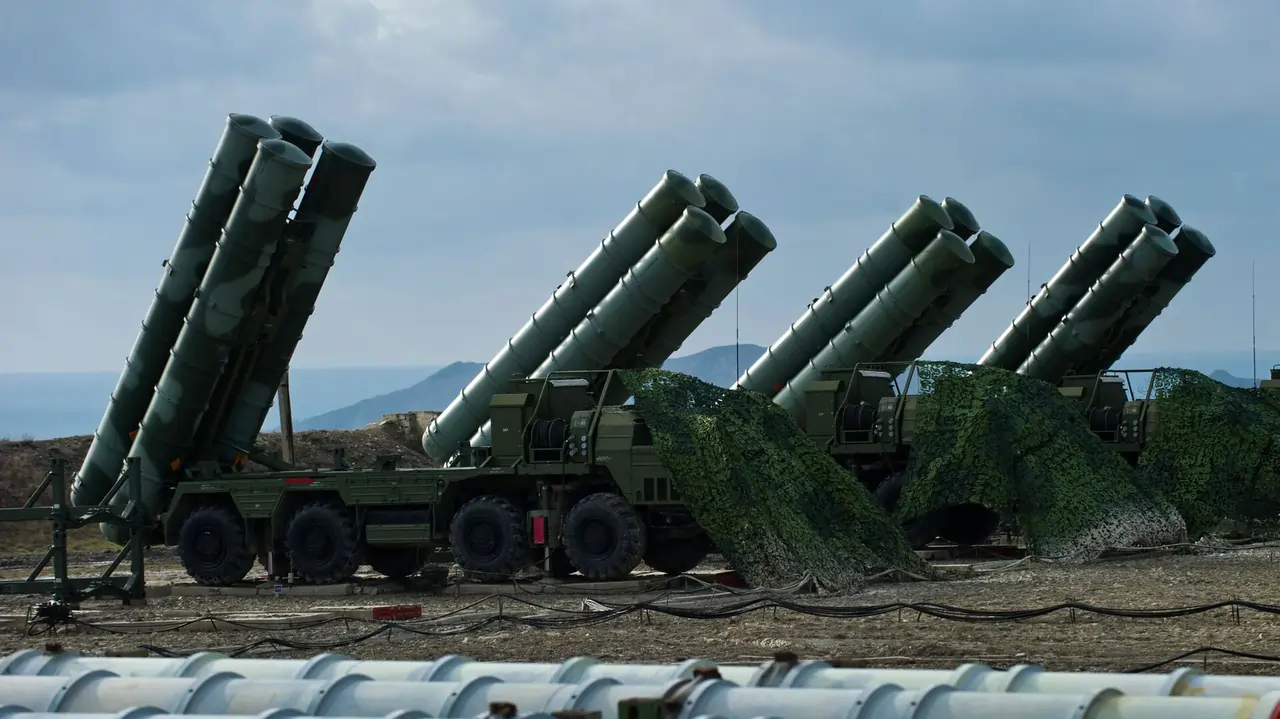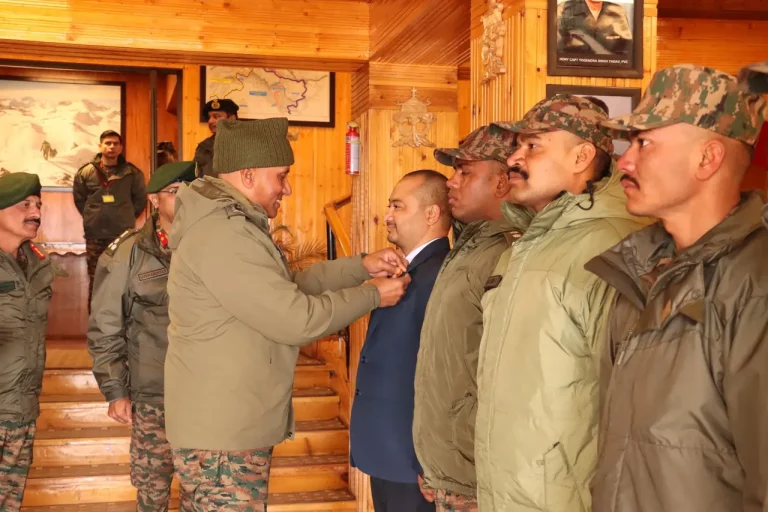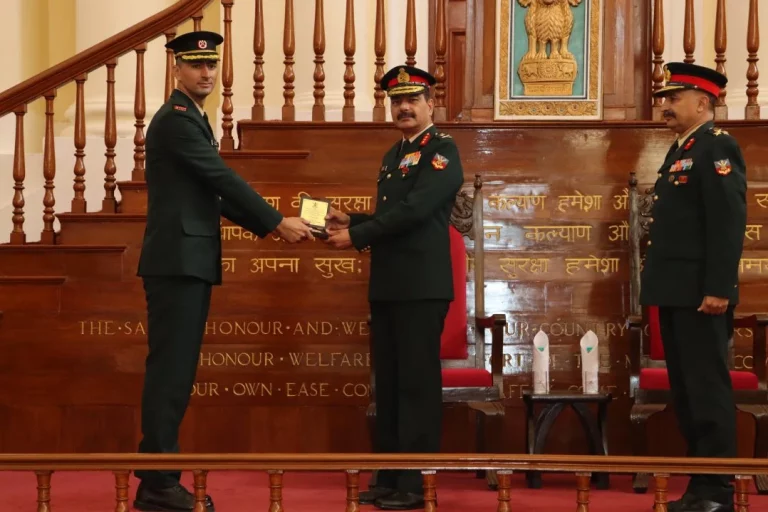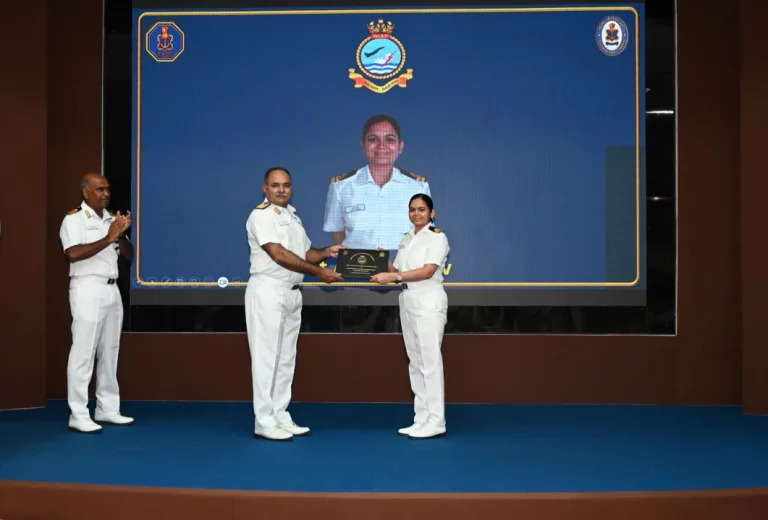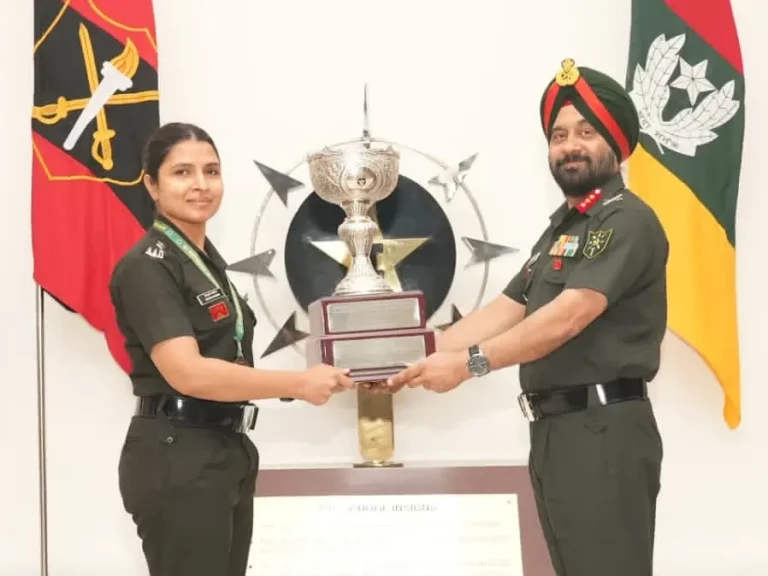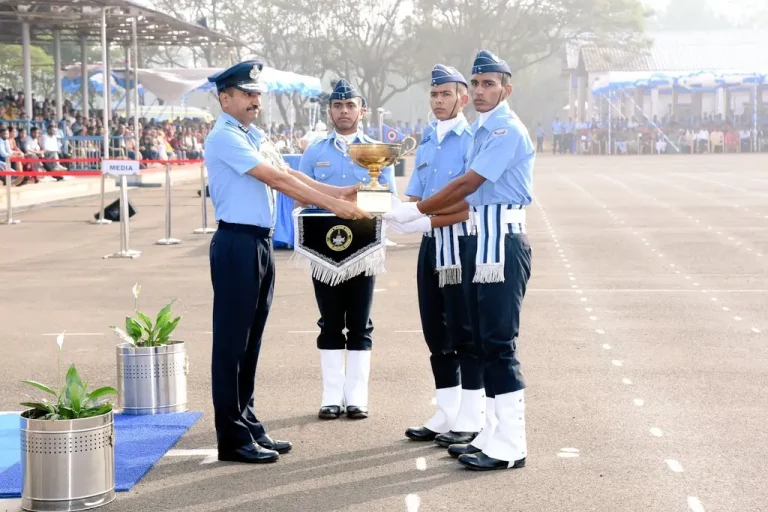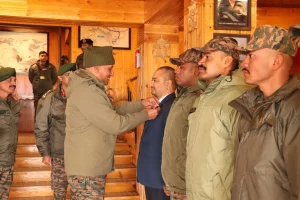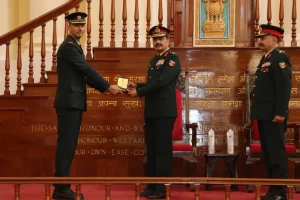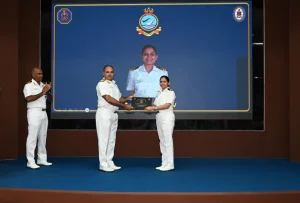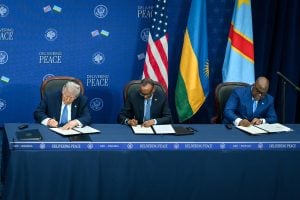India and Russia are actively negotiating the purchase of an additional five S-400 Triumf air defence systems as part of a strategic enhancement of India’s long-range defensive capabilities. This move is particularly significant for safeguarding India’s extensive coastline, which exceeds 7,000 kilometers, and addressing vulnerabilities within the Northern Command’s air defence network. High-ranking officials from India’s Defence Ministry are scheduled to meet with their Russian counterparts this week to finalize the terms of the deal. Discussions are expected to culminate ahead of Russian President Vladimir Putin’s visit to India on December 5, coinciding with the annual summit with Prime Minister Narendra Modi.
As part of the existing agreement valued at $5.43 billion, two of the five S-400 systems are projected to be delivered by the end of 2026. In the current negotiations, three of the additional systems are anticipated to be procured outright, while the remaining two may be produced in India through transfer-of-technology agreements involving partnerships with private sector companies. This arrangement will also encompass the establishment of maintenance, repair, and overhaul (MRO) facilities in collaboration with local firms.
The operational effectiveness of the S-400 system was prominently displayed during Operation Sindoor in May 2025. This operation was triggered by multiple attempts from Pakistan to target Indian air bases in Adampur and Bhuj. The S-400’s performance compelled Pakistan to relocate all its air assets more than 300 kilometers away from the Indian border, effectively limiting their operational sorties. The air defence system successfully engaged a Pakistani ELINT aircraft at a distance of 314 kilometers and was instrumental in neutralizing multiple F-16 and JF-17 fighter jets, thereby proving its deterrent capabilities against aerial threats.
Furthermore, India’s defence landscape is also evolving with discussions surrounding the acquisition of the RVV-BD air-to-air missile from Russia, which boasts a range exceeding 200 kilometers. This acquisition is aimed at enhancing the combat efficacy of the Su-30MKI fleet, particularly as Pakistan introduces the Chinese-made PL-15 missile into its arsenal. Integrating this missile would require significant upgrades to the Su-30MKI’s radar systems to effectively manage the advanced missile capabilities.
While dialogues regarding the procurement of the Su-57 fifth-generation fighter and the US F-35 fighter jet are still in progress, a final decision has yet to be reached by the government. Analysts emphasize that India’s focus on strengthening its air defence and combat capabilities stems from lessons learned from recent conflicts and ongoing efforts to bolster deterrence against regional threats.
Defence sources have highlighted that the S-400 system not only validated its strike capabilities but also emerges as a crucial strategic deterrent, effectively thwarting hostile air operations and enhancing India’s air defence posture. The anticipated acquisition of additional S-400 systems, combined with proposed missile and fighter upgrades, is expected to significantly fortify India’s multi-layered air defence network and enhance the nation’s credible deterrence posture in a volatile regional landscape.
